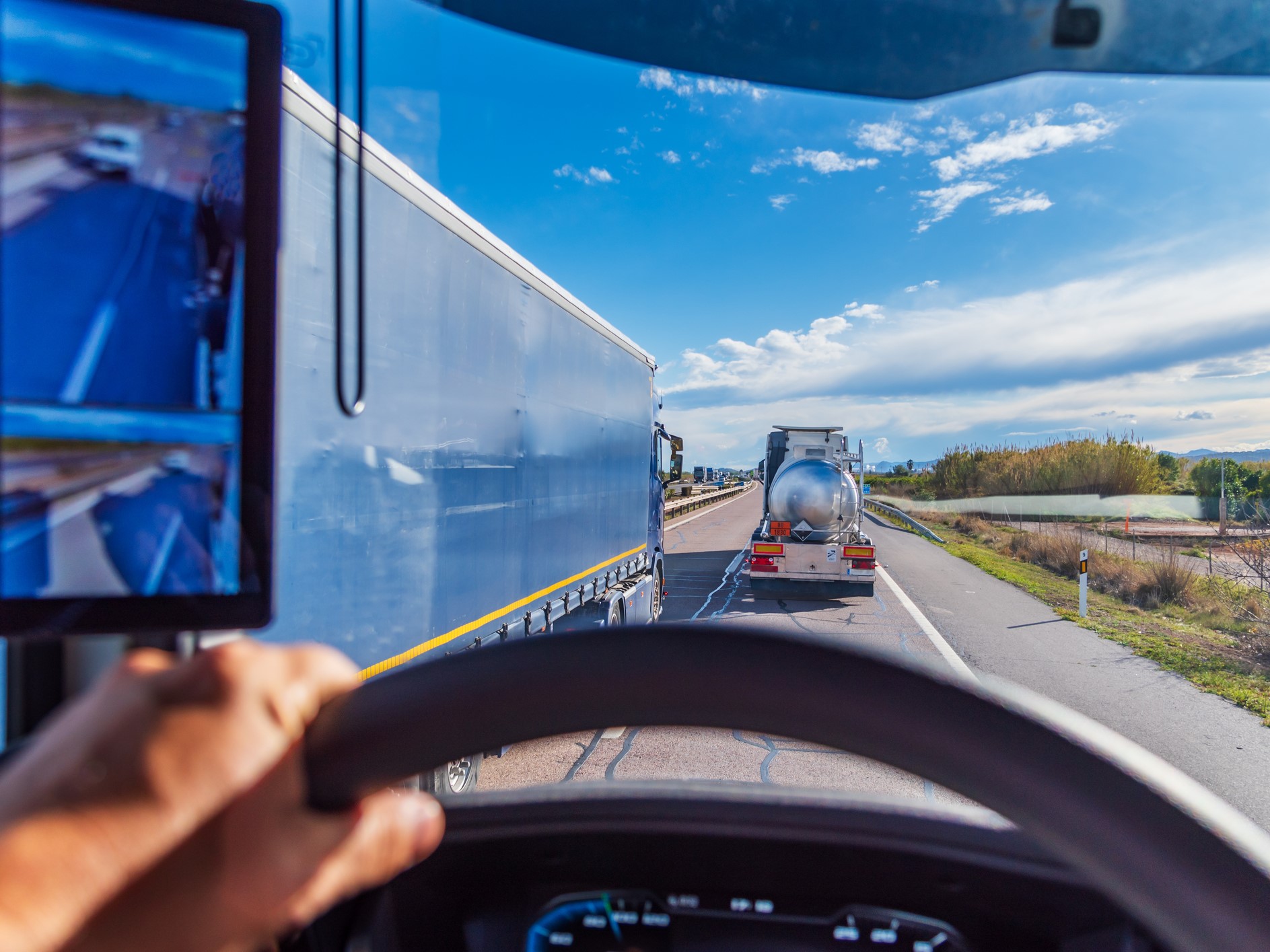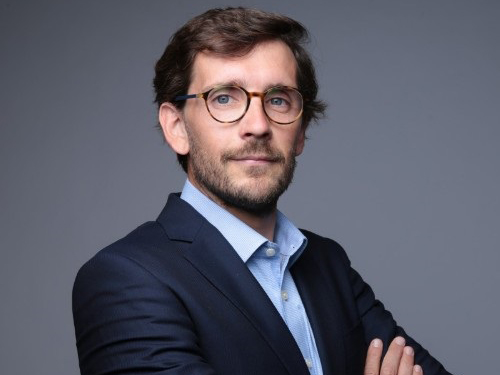The Power of Prevention: Unveiling the Strategies of Construction’s Risk Mitigation Heroes

Stan Lee first penned “With great power comes great responsibility” in a 1962 Spider-Man comic. And while Lee was likely using it in the literary sense of superheroes and supervillains, there’s a lesson of truth to these words for our real-world heroes.
You know — our modern-day risk mitigation heroes in hard hats, seeing as construction is one of our most dangerous industries.
“There are a variety of risks in the construction industry,” said Dan Campany, VP innovation, head of IoT, The Hartford. “Beyond worker safety, injuries to the workers [impede project completion]. Injuries result in lost time, trying to backfill those workers, retrain workers, and the loss of critical skills required to keep the construction project on time and deliver at high quality.”
Liberty Mutual reported that “the U.S. construction industry loses nearly $11.4 billion a year to serious, nonfatal workplace injuries.”
And that’s not to mention project delays due to weather, poor project management, supply chain disruption, accidents and more, all of which can lead to builder’s risk or quality control claims. Subcontractor default claims present serious monetary risk for sites, especially on large or complex projects. Those risks can be compounded by tight turnaround schedules. Training and retaining quality talent is another area that can lead to delays, reduced productivity and monies lost.
So, for savvy risk professionals, those folks charged with great power to protect construction workers and the bottom line, becoming a mitigation hero is more than a necessity — it’s their responsibility.
Risk Reducers, Assemble!
Getting a full picture of construction is a must when it comes to risk mitigation heroics. And that starts with understanding the market and the current trends impacting builds.
Reuters reported earlier this year that construction spending “shot up 11.3% on a year-on-year basis in November [2023].” Residential construction, single-family home projects and more are on the rise, contributing to this solid uptick in construction needs. Added to that, legislation like the CHIPS Act and the IIJA are “driving a big increase in spending on public projects,” said Cheri Hanes, VP, head of construction innovation and sustainability, AXA XL.
“Many of those are very big multiyear projects,” she added. “We’ve also been experiencing an increased demand for sustainable and eco-friendly building practices.”
Not to mention that as early as 2025, the majority of workers will be millennials and Gen Z, both of which place environmental, social and corporate governance initiatives at the fore.
All these trends combined contribute to a shift in how construction is being approached. Multi-year projects, sustainable materials and an up-and-coming workforce inevitably present challenges.
“Construction firms are finding that high demand puts a serious strain on their workforce and on their systems,” said Hanes. “They need to be prepared to deal with those increasing risks that center around rising costs, supply chain challenges and also labor.”
With longer projects and a shift in how buildings are being built, safety should not be overlooked. As noted, safety is a huge factor in construction risk control.
“You’re always going to find that the same four things are the highest hazards that exist,” said Steve Lako, VP, loss control, Allied World. “They’re commonly referred to as the fatal four: falls, being caught-in or caught-between objects, being struck by an object or being electrocuted.”
Proactively keeping workers safe, therefore, “starts with hiring the right talent and having a site that is thinking about their on-site safety culture,” said Allison Scaia, VP, head of health services, The Hartford.
When it comes to talent, that’s another risk area that needs to be addressed. A lack of skilled labor in construction has plagued the industry for nearly a decade now, according to Ryan Powers, SVP, head of construction, QBE North America.
“Skilled labor is definitely something that’s significant for all of us to understand, especially with a generation of great experience stepping out of the workforce and a virtual workforce coming in that needs to get proficient. How we transfer that talent to the next generation is going to be critical,” he said.
Combined, market trends and rising risks require a set of mitigation tools — in addition to adequate insurance coverage — to reduce risk, keep workers safe and complete those successful, strong builds.
The Emergence of Mighty Tech
One approach that bears fruit is the integration of technology into the mix.
But “construction hasn’t exactly been known to be a cutting-edge, innovative space. A lot of means and methods that are deployed today are the same ones from decades ago,” said Powers. “However, you can use technology to identify risk and exposures before they happen.”
He mentioned environmental sensors as one potential tech tool that can proactively identify dangerous working conditions, such as spotting a potential slipping hazard and alerting safety managers in real time.
One tech tool we hear about time and again is the promise of wearables and their prevention of injury. Wearables don’t necessarily have to be large exoskeletons — though those also have merit — but can instead be something simple, like a tag placed on a person or object to monitor motion and heat.
“Tags can be on equipment or on workers, or both. Those tags can be used, for example, to ensure that heavy equipment is only used by workers who are certified and qualified to use that heavy equipment, because the tag on the worker matches up with the tag on the equipment and unlocks the ability for them to use that equipment,” explained The Hartford’s Campany.
“Similar tagging technology in wearable form on a worker is also helpful in emergency situations. So if you were to imagine a high-rise construction project with many floors and many workers, if everyone’s got a tag, we can know where on the site they are … In the event of a fire or some other emergency where we need to evacuate, we can know where everybody is.
“The same technology in a less emergency-oriented situation can also be used to just respond faster. For example, if someone falls off a ladder, someone cuts themselves, that technology can be used to locate where that individual is and get help to them much faster,” Campany said.
Cameras and drones can be utilized to monitor sites and alert the proper safety team to incidents in real time. These technologies can also be used to alert the worker to poor lifting techniques, improper use of equipment and body temperatures rising into dangerous territories — all in an effort to protect against and prevent injury.
Additionally, tech can be used to help train new workers on safe habits while on the job.
“The growing emergence of virtual reality augmentation, and what that can mean for training, onboarding and visualizing future job sites — even when you’re standing in an empty site — tends to help folks understand how their work is going to shape over time,” said Powers.
Finally, not all tech is created the same. Nor will every tech tool fit like a safety glove for every site. To stay abreast of the right tech for the job, construction risk professionals should be asking their insurance and risk management partners about what’s up and coming. As an example, Hanes shared that AXA XL has vetted many third-party tech partners to develop what the insurer calls its Preferred Partners Tech Library.
The team did this so that they can confidently link construction clients to the right technologies for their projects.
“We have looked at over 800 technologies,” Hanes said. “We’ve done a deep dive on over 260, and we’ve partnered with about 35. It is a very narrow funnel. It’s an arduous process, but by the time we partner with the technology, we have a high degree of certainty that this tech is going to be useful and stable enough to benefit the client.”
The Underdog: Company Culture
Perhaps the best superpower a risk mitigation hero can lend to any construction site is the ability to speak up when danger is lurking.
“This is something that’s very basic but is also very heroic: Empower every worker on the job to have the authority to stop work because they feel something’s not safe,” said Lako. “They’ve got to have the authority without feeling that there’s going to be retaliation against them for stopping the job; instead, they can [stop] and be rewarded for bringing up the safety issue.”
Empowered workers stem from a good culture. It may feel like a small step toward safety, but a good culture has been shown to foster positive results.
“If we can create a safer construction industry as a whole, that’s going to lead to more attractive premiums for insureds over time,” said Powers. “People going home safely to their families is the top priority.” &












